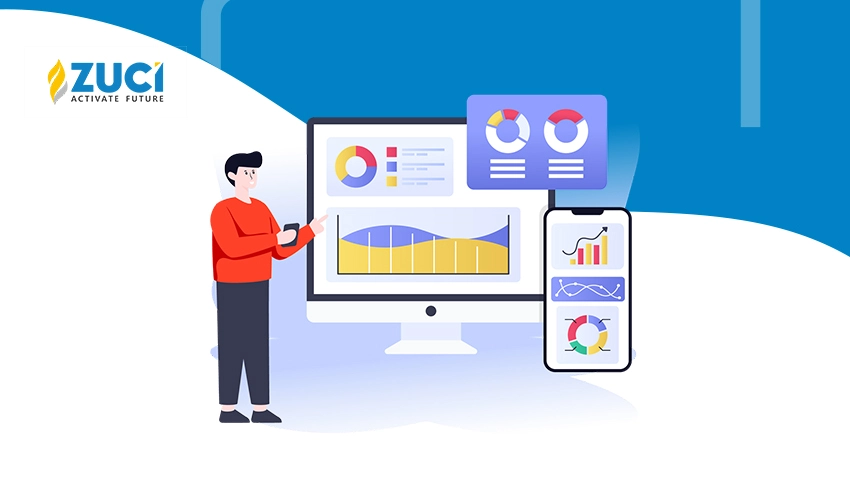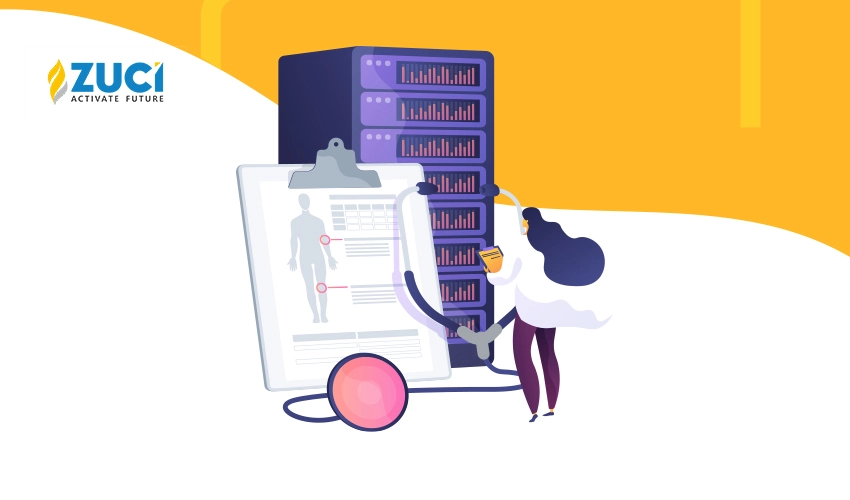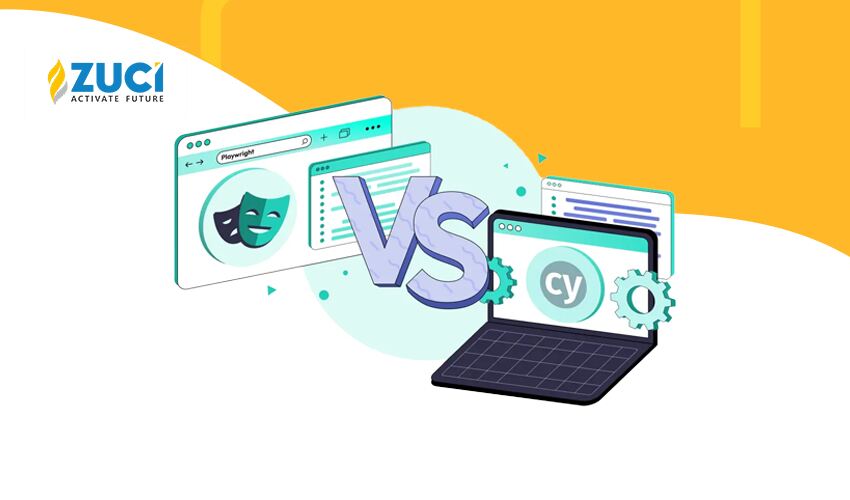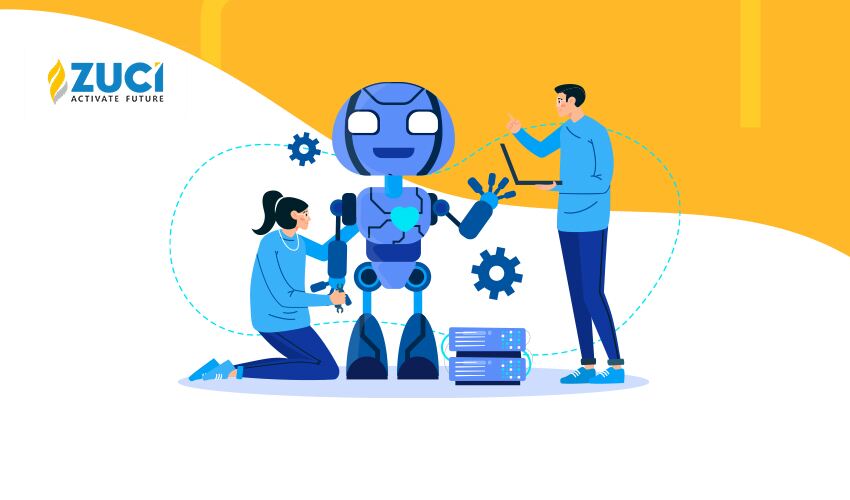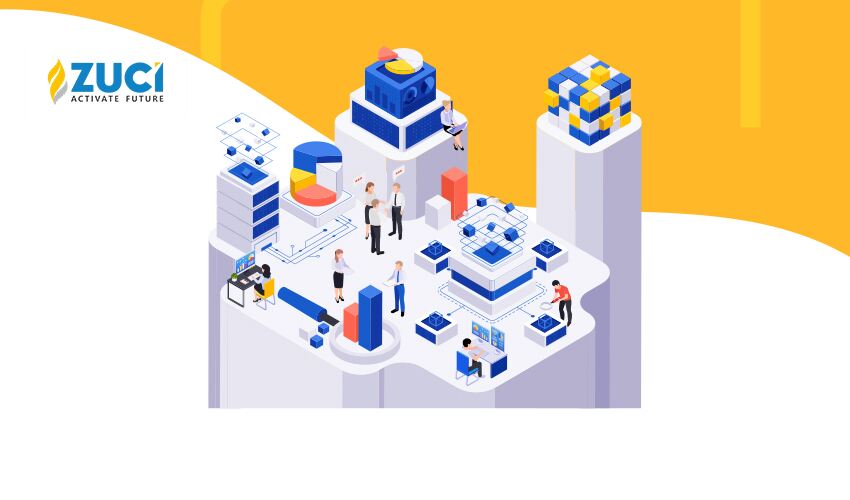Reading Time : 1 Mins
Exploring costs of RPA Implementation
Minna is a content developer specializing in software testing and Robotic Process Automation (RPA). She enjoys exploring the intricacies of cutting-edge software and knits comprehensible content that resonates with the audience. PS, she is a book lover.
What is the cost of implementing RPA?
Let’s first look at the statistics, as per Deloitte, small to medium-sized enterprises (SMEs) might invest between $4,000 and $15,000 for a single bot. In contrast, larger enterprise organizations could spend up to $20 million for a comprehensive RPA solution featuring up to 500 robots. This scale of automation has the potential to replace more than 1,000 employees and deliver savings exceeding $100 million.
RPA is the real game changer when it comes to digital transformation, therefore there is no shock when big organizations throw hefty amounts to implement RPA solutions. But you need to have ground level understanding on “How to calculate RPA implementation costs?”.
For better understanding, will split it into three sections:
- Development Costs
- Infrastructure Costs
- Maintenance Costs
1) Development Costs
Of course, it’s not possible to give an exact figure around RPA implementation cost, as it varies around process complexities and delivery mode you choose (i.e., outsourcing or insourcing). However, to better understand the factors influencing these costs, here’s a breakdown of some of the key cost considerations.
Consulting Costs:
Before setting off with RPA implementation, any organization should sit with at least an RPA expert. Because consultation opens up and spots out potential areas where you can bring in the RPA bots to maximum utilization.
Well, that been said, consultation fees may vary according to the vendor you choose to consult with.
But if you are looking for a pro bono session with a RPA expert, we are ready to help you, click here.
Training Costs:
Providing training on RPA development for existing staff enables organizations to make use of their current familiarity with the organization’s unique processes and requirements. Training costs encompass several components, including enrolling employees in RPA development training programs provided by RPA vendors or third-party training providers.
It also involves procuring training materials, which may include e-learning courses and training software. Additionally, there may be expenses associated with hiring RPA trainers or instructors to conduct the training programs.
Deployment Costs:
Once the RPA bots are ready to deploy to the production environment, the process incurs extra charges for processes like configuration, integration, and coordination with other systems.
- Configuration: To adapt the bots for operation in the production environment, which includes configuring parameters, access controls, and implementing security measures often comes with associated costs.
- Integration: To Build connectors, APIs, or scripts for enabling seamless data exchange between RPA bots and other systems often involves development costs.
- Coordination: To ensure that RPA activities align with the overall business strategy can entail costs associated with project managers and coordinators.
Operational Costs:
Estimate the ongoing operational costs, such as electricity, monitoring, and any additional software licenses or tools required for managing and monitoring your RPA environment.
Testing Costs:
Testing costs are essential for verifying the accurate and efficient functionality of deployed automated processes. In order to ensure that bots align with the desired objectives, it’s necessary to conduct tests, which involves expenses related to various testing tools, test cases/scripts, and mock test data.
2) Infrastructure Costs
Before deploying RPA bots, there are several other things to take care of, which are associated with the foundational elements that need to be supported the deployment and operation of RPA processes.
Here we unfold the list,
Installation Costs of Services/Virtual Machines:
RPA bots require computing resources to function. This includes costs related to hosting services or virtual machines where the bots run. Infrastructure costs involve expenses such as cloud service fees, server maintenance, and data storage expenses.
This covers the expenses related to setting up the necessary computing infrastructure and services to run RPA bots effectively. It may involve the acquisition and configuration of physical servers or virtual machines, depending on the chosen infrastructure model.
Licensing Costs: Licensing costs pertain to the procurement of software licenses for RPA tools and related technologies. These licenses grant you the legal right to use the RPA software and may be based on factors like the number of bots or users.
RPA Tools Cost: This component includes the direct cost of acquiring the RPA software and tools. The expense can vary depending on the specific RPA platform or tools you choose, as well as the licensing model adopted (e.g., per-bot licensing or enterprise-wide licensing).
3) Maintenance Costs
The story doesn’t end with RPA bots deployment, instead the real story begins. From thereon, the organization must make sure the current bots are compatible with current technology or new changes that are made recently.
For more detailed understanding, let’s break it down.
Scalability and Expansion:
As your organization grows and your automation needs evolve, you may need to scale and expand your RPA infrastructure with new automation potential areas. This includes acquiring more bot licenses, infrastructural upgrades, and expanding the integrations with other systems and applications to accommodate new business requirements.
Upgrade and Changes in Bots:
Over time, as RPA software evolves and your business processes change, you’ll need to make updates to the RPA bots. Maintenance costs related to bot upgrades and changes charges wrap around software updates, process enhancements etc.
RPA ROI Analysis
We’ve heard digital transformation is a giant step towards a faster and efficient way of expanding your business. Return of invest is a metric used to measure your gain which can be in any form, which will be discussed below in detail.
What is RPA ROI?
RPA ROI, or Return on Investment, tells you if using RPA technology in your business is worth the money. It looks at whether the gains from cost savings, better work, fewer mistakes, and other financial benefits outweigh what it costs to set up and run the RPA. Basically, it helps you see if RPA is good for your business.
Let’s see the success metrics of RPA.
- Cost Savings ROI: This aspect of the ROI analysis focuses on the cost reduction or cost avoidance achieved through RPA. It includes calculating the savings in terms of reduced labor costs, decreased errors, and minimized operational expenses. For example, with RPA replacement there will be a significant impact on time consumption rate and cost reduction spent on labor charges.
- Efficiency ROI: Efficiency ROI quantifies the gains in terms of faster task completion, reduced processing times, and increased productivity. This leads to increased throughput and faster delivery of your services.
- Employee Satisfaction ROI: Employee satisfaction ROI measures the benefits RPA in terms of reduced employee burnout, increased morale, and higher job satisfaction as they are engaged with more challenging tasks.
Here’s an example:
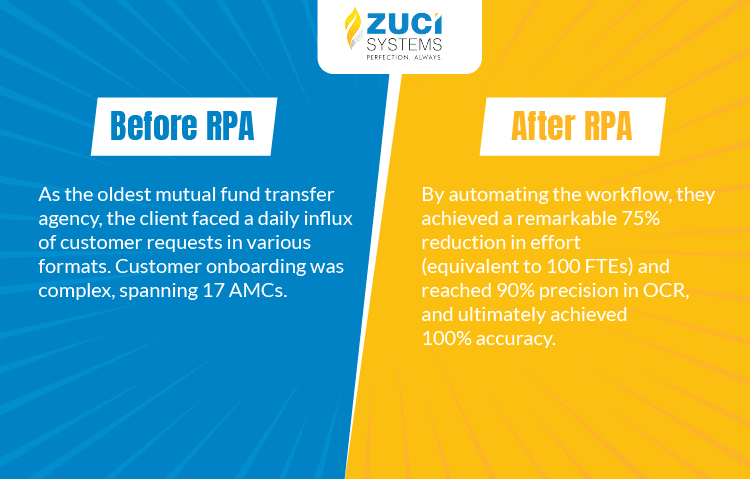
Customer Satisfaction ROI: This is similar to employee satisfaction ROI. The only difference is that the customer takes the seat of the employee. Customer satisfaction ROI assesses the impact of RPA on customer loyalty, retention, and overall satisfaction with better service experience.
Accuracy and Error Reduction ROI: This aspect of ROI analysis quantifies the financial gains resulting from error reduction, which can lead to fewer costly mistakes, rework, and compliance issues.
Take a look at here:

How to Calculate RPA ROI?
Before jumping into the RPA ROI formula, you might need to familiarize yourself with small calculations which are necessary for our formula. There are four metrics which are essential in measuring the ROI.
Automation Costs (AC): It is the costs of the processes automated by RPA bots (Development costs + Infrastructure Costs + Maintenance Costs).
Employee Costs (EC): With robotic process automation, you save the annual work hours equivalent to a full-time employee (FTE) for one year. The dollar value of these savings is calculated using the comprehensive yearly cost of an FTE, which encompasses all expenses, including benefits, taxes, retirement plans, and associated fees.
Value of Error Reduction: The RPA bot contributes to the streamlined operation of a company by detecting and eliminating operational errors. These enhancements are readily discernible through the analytics capabilities of RPA.
Value of Process Acceleration: It is the time saved when completing a task with RPA bots compared to the time it takes manually.
Value of Time Grain (VTG) = (EC – AC)/AC x 100%
And finally, the formula:
RPA ROI Calculator = [(VTG*AC + Value of process acceleration + Value of error reduction) – AC]/AC x 100%
Here are some frequently asked questions (FAQs) related to RPA implementation costs:
1. How are RPA software licenses priced?
RPA software licenses are often priced per bot, per user, or per attended/unattended bot. The pricing model can vary between vendors.
For example, UiPath offers two RPA packages (excluding the free trial package).
Pro Package: This package includes 25 licenses, which provide access to 1 attended bot, 1 unattended bot, 1 action center, and 1 orchestrator, and it is priced at $420 per month.
Enterprise Package: The Enterprise package comprises 100 licenses and extends the offerings of the Pro package. It also includes additional features, such as an undisclosed number of bots, to cater to the larger and more complex automation needs of organizations.
2. What factors influence the cost of RPA software licenses?
- The number of bots required: Licensing costs increase as an organization’s demand for deployed bots rises.
- Complexity of automation tasks: RPA vendors may levy higher fees for bots tasked with managing intricate or exceptionally variable processes.
- Scalability and flexibility of licensing: Certain RPA platforms grant more adaptable licensing choices, enabling organizations to adjust their automation capabilities as needed.
- Deployment type and its impact on costs: The selection between on-premises and cloud-based deployments can have implications for licensing expenditures.
3. Can RPA costs be reduced over time as the technology matures?
Yes, as RPA implementations advance in maturity, automation processes undergo refinement, enhancing efficiency. Through increased precision and the adoption of standardized practices, organizations experience savings in terms of both time and resources, reducing the effort needed for the development and upkeep of new automation solutions.
4. What is the average payback period for RPA implementation?
The payback period in RPA can differ significantly, with many organizations targeting a range of 12 to 18 months. Nevertheless, the actual duration varies based on the unique use cases and the scope of the implementation.
5. Does RPA cost more if you use legacy software?
Legacy systems are often less standardized and more challenging to integrate with than modern, well-documented APIs. Integrating them with RPA can be complex and may require extra work and custom connections. This extra work can make the initial implementation cost more.
However, it’s important to note that not all RPA tools present the same level of integration challenges with legacy systems. For instance, UiPath has enhanced its capabilities with AI and API management, making it a good choice for delivering a smooth customer experience on legacy systems. So, how easy integration is depends on the specific legacy systems and the RPA platform you choose.
6. Are there open-source RPA solutions that can reduce licensing costs?
Yes, there are open-source RPA platforms available like UiPath Community Edition, Automation Anywhere Community Edition, and others, offer a way to get started with robotic process automation without the upfront licensing costs associated with commercial RPA platforms.
But there is a catch, open-source RPA solutions have scalability limits in their free versions. Growing needs may require a switch to commercial versions with licensing costs.
Wrapping Up
Understanding the expenses associated with RPA implementation is an essential stride in learning the entirety of the RPA implementation journey. It’s not merely an investment but a strategic move towards greater efficiency, productivity, and competitive advantage. By exploring the costs involved, you can make informed decisions, optimize your RPA strategy, and pave the way for a future where automation becomes the cornerstone of your success.
Explore Zuci’s collection of real-life RPA stories, where you can know each journey with their remarkable business growth.
Related Posts





